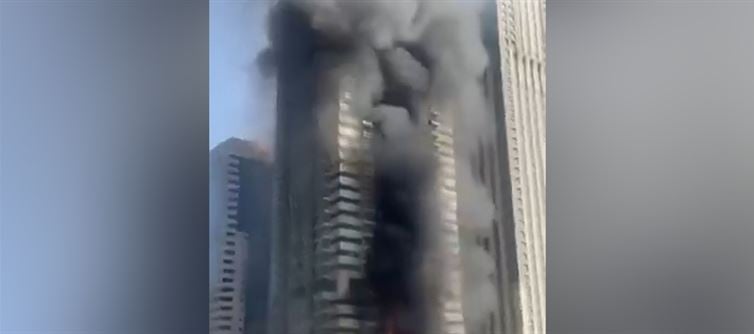
As the incident played out, many netizens from india took to social media to draw stark comparisons between Dubai’s swift crisis management and the chronic issues plaguing India’s own emergency systems. The phrase “That’s what a corruption-free nation looks like” trended across platforms, echoing a collective frustration over the perceived inefficiency and negligence often reported during indian disasters—where delays, safety violations, and lack of accountability have cost lives time and again. From building collapses due to poor construction to fire exits being illegally blocked, India’s history of urban disasters has frequently revealed a nexus of corruption, red tape, and inadequate infrastructure.
This growing sense of anger reflects a deeper civic dissatisfaction in india, where citizens feel let down by systemic failures and an absence of real reform. The tiger Tower fire has inadvertently become a symbol of what governance can achieve when safety, transparency, and rule of law are prioritized. Many indians are calling for urgent reforms to building codes, stricter enforcement of fire safety norms, and a cleansing of the deeply rooted corruption in municipal and regulatory bodies. The hope is that tragedies elsewhere can serve as wake-up calls—not just for empathy, but for action.




 click and follow Indiaherald WhatsApp channel
click and follow Indiaherald WhatsApp channel